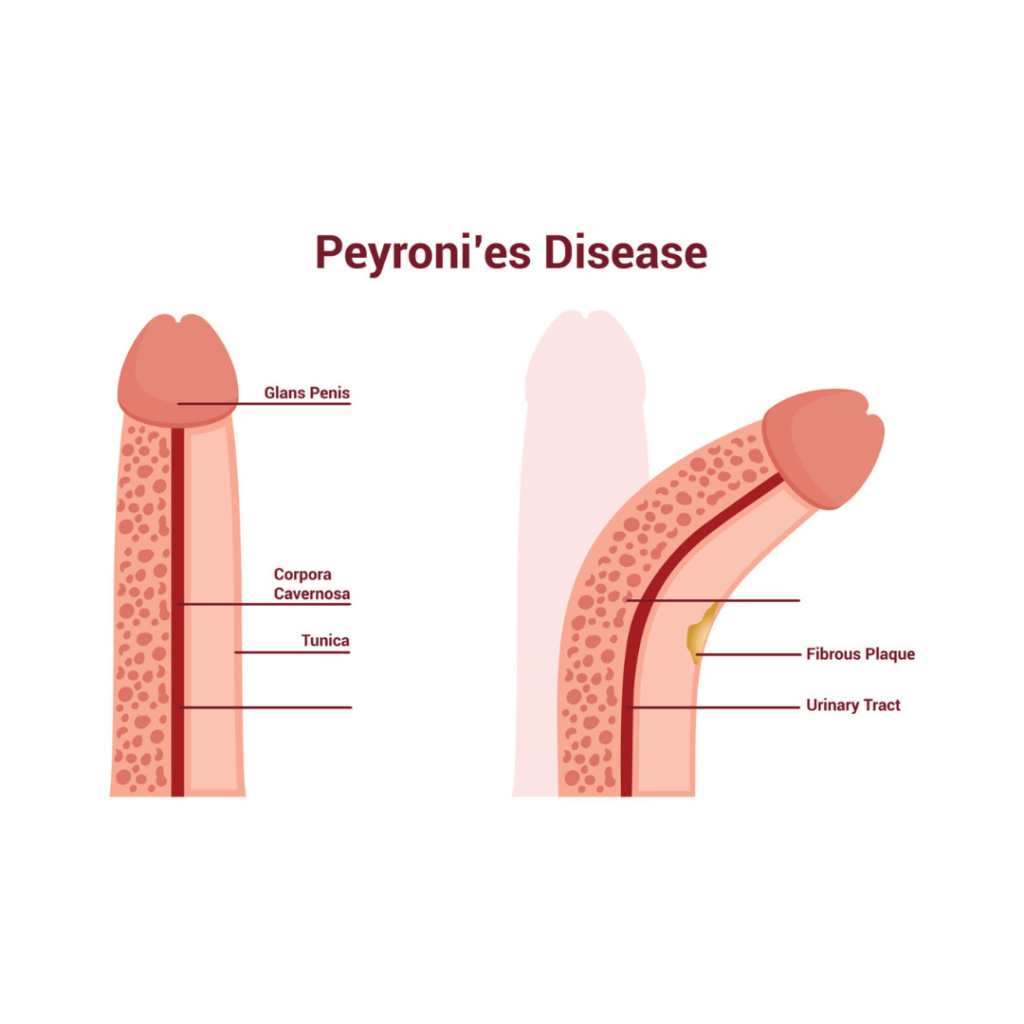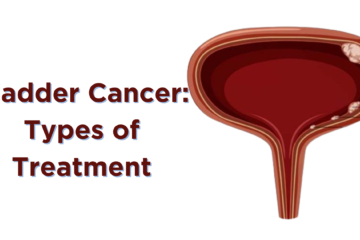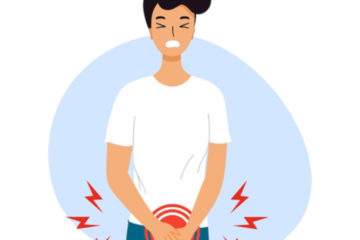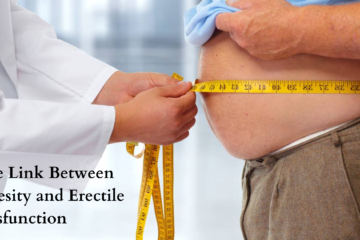
Peyronie’s Disease, a relatively lesser-known condition, casts a shadow over the lives of many men, affecting their intimate relationships and self-esteem. This ailment, characterized by penile curvature and other distressing symptoms, warrants a closer examination of its causes and the array of treatment options available. In this blog post, we embark on a journey to unravel the enigma of Peyronie’s Disease, shedding light on its underlying causes and delving into the diverse treatments that offer hope to those grappling with this challenging condition.
Causes of Peyronie’s Disease
Despite significant research efforts, the exact cause of Peyronie’s Disease remains somewhat elusive. However, several theories offer insights into the potential factors that contribute to its development.
1. Microtrauma and Inflammation
One prominent theory suggests that Peyronie’s Disease is triggered by a microtrauma or repeated injury to the penile tissue. This trauma could result from activities that involve bending or stretching of the penis, such as during sexual intercourse, athletic endeavours, or other accidents. These minor injuries might lead to an inflammatory response within the penis, initiating a cascade of events that ultimately results in the formation of scar tissue.
During the inflammation process, certain immune cells release enzymes that contribute to tissue remodelling. In the context of Peyronie’s Disease, the balance between tissue damage and repair might be disrupted, leading to the excessive accumulation of collagen – a key component of scar tissue. As this collagen accumulates, it can create areas of stiffness within the penis, causing the characteristic curvature observed in Peyronie’s Disease.
2. Genetic Predisposition
Research has suggested that genetics may play a role in the development of Peyronie’s Disease. There is evidence that this condition can run in families, indicating a potential genetic predisposition. Certain genetic factors might influence an individual’s susceptibility to the disease, making them more likely to develop scar tissue in response to trauma or inflammation.
Genetic studies have explored specific gene variations that could contribute to collagen metabolism, tissue repair, and inflammation. These genetic factors could impact how the body responds to injuries, potentially increasing the risk of developing Peyronie’s Disease.
3. Penile Blood Flow and Oxygenation
Another theory relates to the blood supply and oxygenation of the penile tissue. Reduced blood flow to the penis can result in insufficient oxygen and nutrients reaching the penile tissue, leading to tissue damage and inflammation. This compromised blood flow might be due to factors such as age, underlying medical conditions, or lifestyle habits like smoking.
Inadequate oxygenation and nutrients could hinder the body’s ability to repair and remodel damaged tissue properly. Scar tissue formation might then become exaggerated as a result of this impaired healing process.
4. Autoimmune Response
Some researchers have explored the possibility of an autoimmune response contributing to Peyronie’s Disease. In an autoimmune response, the body’s immune system mistakenly targets its own tissues, leading to inflammation and tissue damage. It is theorized that certain immune cells might recognize proteins within the penile tissue as foreign, triggering an inflammatory response that ultimately leads to the development of scar tissue.
Symptoms of Peyronie’s Disease
Let’s delve into the details of the symptoms associated with Peyronie’s Disease.
1. Penile Curvature
One of the hallmark symptoms of Peyronie’s Disease is penile curvature. This curvature can occur during an erection and typically results from the presence of scar tissue that disrupts the natural alignment of the penis. The severity of curvature can vary widely, ranging from minor bends to more pronounced deformities. The curvature can be upward, downward, or to the side, and it can impact sexual function and satisfaction.
2. Penile Pain
Pain is a common symptom experienced by individuals with Peyronie’s Disease. The scar tissue within the penis can cause tension and discomfort during erections. This pain may range from mild discomfort to more significant sensations of soreness, making sexual activity potentially painful or uncomfortable.
3. Erectile Dysfunction
Scar tissue formation within the penis can interfere with the normal blood flow required for achieving and maintaining an erection. As a result, some individuals with Peyronie’s Disease may experience difficulties in getting or sustaining an erection. This symptom can have a profound impact on self-esteem, confidence, and overall sexual well-being.
4. Penile Shortening
In addition to curvature and pain, some individuals may notice a reduction in the length of their penis due to the accumulation of scar tissue. This penile shortening can be distressing, affecting body image and contributing to emotional concerns related to sexual performance.
5. Palpable Nodules or Lumps
Scar tissue can sometimes manifest as palpable nodules or lumps beneath the skin of the penis. These areas of fibrous tissue can be felt during physical examination. They may feel firm or rubbery to the touch and are often sensitive or tender.
6. Emotional Distress
Beyond the physical symptoms, Peyronie’s Disease can lead to significant emotional distress. The changes in appearance, curvature, and difficulties in sexual function can negatively impact self-esteem, body image, and overall quality of life. Individuals with Peyronie’s Disease may experience anxiety, depression, and a sense of isolation due to these challenges.
7. Impact on Intimate Relationships
The symptoms of Peyronie’s Disease can also strain intimate relationships. The physical discomfort, pain, and changes in sexual function can lead to communication difficulties, decreased sexual satisfaction, and emotional distance between partners.
Treatment Options for Peyronie’s Disease: A Path to Relief and Restoration
Peyronie’s Disease, characterized by penile curvature and other distressing symptoms, can significantly impact a man’s physical comfort, emotional well-being, and intimate relationships. Fortunately, there are various treatment options available to address the symptoms and improve the quality of life for those affected by this condition. Let’s explore the range of treatment approaches in detail.
1. Observation and Monitoring
For individuals with mild or stable curvature that does not significantly affect their quality of life, healthcare providers might recommend an observation and monitoring approach. During this period, regular check-ups allow healthcare professionals to track the progression of the condition and determine if intervention is necessary.
2. Medications
Several medications have been explored to address the symptoms of Peyronie’s Disease. One notable option is collagenase clostridium histolyticum, an injectable enzyme that breaks down collagen in the scar tissue. This treatment aims to reduce curvature by softening the plaque. It usually involves a series of injections over several weeks.
3. Penile Traction Devices
Penile traction devices are non-invasive devices that gently exert traction on the penis. The goal is to gradually stretch the scar tissue and restore a more natural penile alignment. These devices are typically worn for several hours a day and can be effective in improving curvature over time.
4. Injections
In addition to collagenase injections, other medications can be injected directly into the scar tissue. Verapamil and interferon are examples of substances that are sometimes used for this purpose. These injections aim to soften the plaque and reduce the curvature.
5. Surgical Interventions
Surgery is an option for individuals with severe curvature, significant pain, or challenges in sexual function that are not adequately managed by non-surgical approaches. There are several surgical techniques available:
- Plication Surgery: In this procedure, the surgeon shortens the side of the penis opposite the plaque, effectively reducing curvature. It is suitable for cases with mild to moderate curvature.
- Grafting Surgery: For more severe cases, grafting involves removing the scar tissue and replacing it with healthy tissue, often from another part of the body. This approach can correct both curvature and penile shortening.
- Penile Implants: In cases where curvature coexists with erectile dysfunction, penile implants may be considered. These implants not only address curvature but also restore erectile function, allowing for a satisfying sexual experience.
6. Combination Therapy
Healthcare providers often tailor treatment plans to individual needs, which might involve combining multiple approaches. For instance, a combination of medications, traction devices, and surgical intervention might be recommended to achieve the best outcomes.
7. Lifestyle Changes and Complementary Therapies
While not primary treatments, certain lifestyle changes can support overall penile health. Maintaining a healthy weight, managing any underlying medical conditions, and avoiding behaviours that might worsen symptoms (such as rough intercourse) can be beneficial. Some individuals explore complementary therapies like shockwave therapy or vitamin E supplementation, although their effectiveness is not universally established.
Conclusion
Peyronie’s Disease is a condition that tests both physical resilience and emotional strength. As we wrap up our exploration of this complex ailment. From the subtle beginnings of scar tissue formation to the potentially significant impact on intimacy and self-esteem, the challenges posed by Peyronie’s Disease are undeniable.
Yet, there is hope. The medical landscape offers an array of treatments that cater to varying degrees of discomfort and distress. From observation and medications to non-invasive traction devices and surgical interventions, each option holds the promise of relief, restoration, and improved quality of life.
In our journey to shed light on Peyronie’s Disease, we’ve unveiled the intricacies of its causes, symptoms, and treatment avenues. Armed with knowledge and supported by a caring network, individuals facing this condition can forge a path toward comfort, confidence, and intimacy. Remember, while Peyronie’s Disease may pose obstacles, the determination to overcome them is a powerful force that can lead to a renewed sense of well-being and a brighter future ahead.
Dr. Sumit Sharma is an experienced and best urologist, andrologist, and kidney transplant surgeon with over 20 years of clinical experience. He is the founder of the Department of Urology at multiple hospitals in Gurgaon and has established successful kidney transplant programs across the city.



